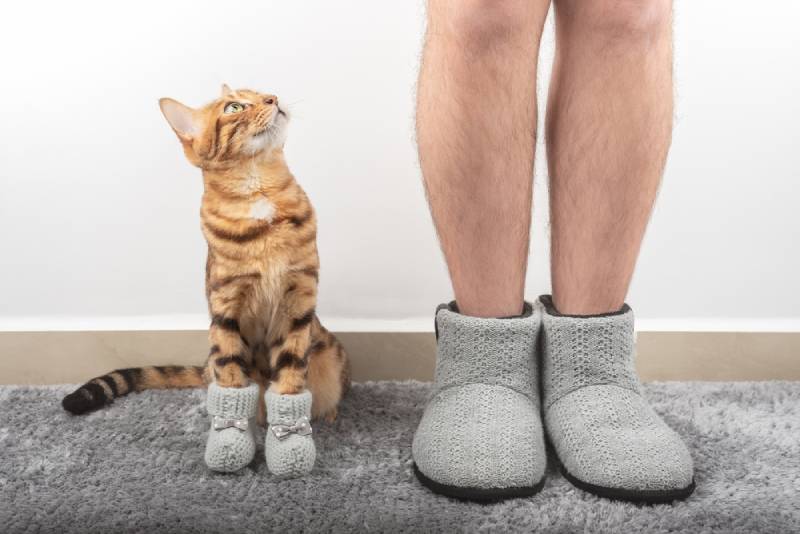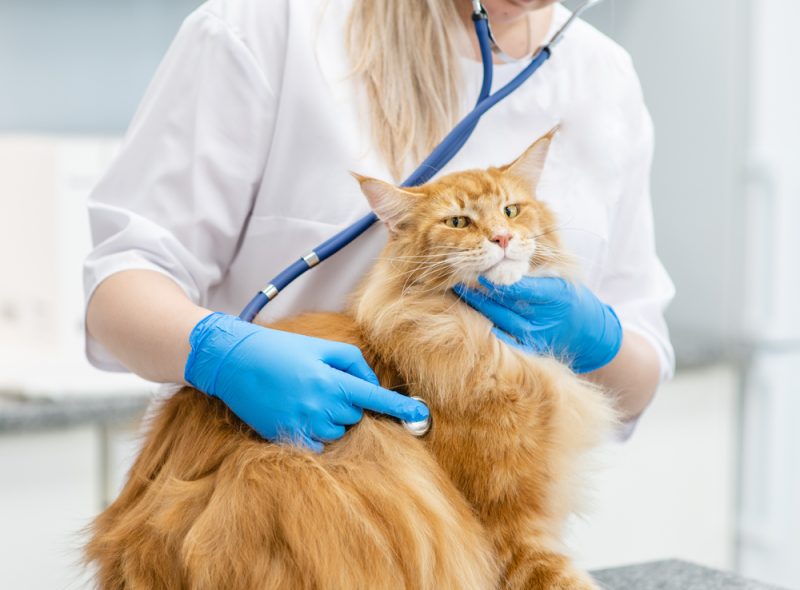Change A Pet’s Life Day comes around every January 24th. It started in 2009 when Hill’s Pet Nutrition offered to pay the adoption fees for 3,000 pets in shelters around the United States. The event caught on, and shelters began getting in on the action by organizing pet adoption events and lowering adoption fees around January 24th.
Many shelters also publish information on social media with tips about ways to support shelter animals and companion animal welfare in general. There’s no need to wait to get in on the action; you can show your support any day of the year by giving a needy pet a forever home.

The 6 Ways to Change a Pet’s Life
Whether you only have a few minutes to spare or are ready for a lifetime commitment, there are several things you can do to make a positive difference in cats’ lives, including fostering pets and volunteering with animal welfare organizations.
1. Foster a Cat
Fostering a cat can be an amazing experience and can save a life. Shelters often use foster homes to create more space when things become too crowded. It’s a critical part of how shelters respond when they suddenly have too many cats to house comfortably. Foster homes also provide calm places for stressed cats to rest and get back on their feet; they’re essential when socializing kittens.
Many organizations are relatively flexible when it comes to time commitments. Some even have opportunities specifically geared towards those who can only make short-term commitments lasting from a few days to a few months.
Organizations usually cover expenses such as food, toys, litter boxes, and veterinary care to make it easier for volunteers financially. Most require volunteers interested in fostering to fill out an application and participate in training before welcoming their first feline visitor.

2. Adopt a Companion
Many shelters offer lower fees to encourage adoptions around January 24th, but there’s no reason to wait until then if you’re already considering welcoming a cat into your family. About 3.2 million cats end up in shelters every year, and while some have homes and become lost, others need a place to call their own 1. Around 530,000 cats are euthanized annually because they can’t find homes.
Adoption fees vary often depending on the cat’s age, but kittens usually cost more than adult cats. Adoption fees often include everything you need to get your new buddy set up, including spaying or neutering surgery, microchipping, and vaccinations.
3. Volunteer Your Time
Animal shelters and welfare organizations rely on volunteers. There are almost always when it comes to volunteer opportunities. Because there are so many ways to contribute, activities are out there that fit into every schedule and interest level.
There are short, one-time activities like fundraisers that only require participants to commit to a few hours of work, and there are longer-term commitments such as providing administrative assistance and working on emergency field response teams that assist animals during natural disasters.
Volunteers can also do more hands-on work, such as giving kitties love and cleaning their litter boxes and cages. Depending on the shelter, photographers and volunteers with experience in public relations have opportunities to use their unique skills to help animals.

4. Donate Money
Most shelters and animal welfare organizations run, at least in part, on donations. Donations are often used to pay for housing, litter, food, and toys. Training programs for staff members and volunteers are usually covered by donations as well.
Animal welfare organizations sometimes publish information online providing details about how donations are spent, and many offer ways to participate through private, state, and federal programs. Resources such as Charity Watch, Charity Navigator, and Give.org can provide information to help you evaluate any organizations you may be considering donating money to.
5. Educate Yourself
If you live with a feline companion, consider spending a few minutes reviewing some cat safety basics and ensuring your cat-proofing is adequate and up to date. Many products are perfectly fine for people but can pose problems for cats, from toxic plants to medications.
Not having toxic plants at home and putting potentially dangerous products such as essential oils and medications in cabinets with child locks can go a long way towards keeping cats safe and avoiding potentially life-threatening emergencies.

6. Spread the Word
Social media users can get in on the action by following organizations whose values they support and forwarding information about adoptable animals to members of their networks interested in animal welfare. Consider helping out by spreading the word when you hear about a lost cat or pet needing a home.
A simple aside to a friend looking for a companion about a cat you saw on social media in need of a home may lead to 20 years of loving companionship.

In Conclusion
Change A Pet’s Life Day comes around every January 24th. It was first celebrated in 2009 when Hill’s Pet Nutrition took care of thousands of pets’ adoption fees. Shelters regularly commemorate the day by hosting adoption events and lowering or waiving adoption fees.
However, there are ways to change a pet’s life other than by giving them a forever home, including fostering, volunteering, and spreading the word when you hear about cats looking for homes and pets who’ve wandered off.
Featured Image Credit: Alek_B, Pixabay


















